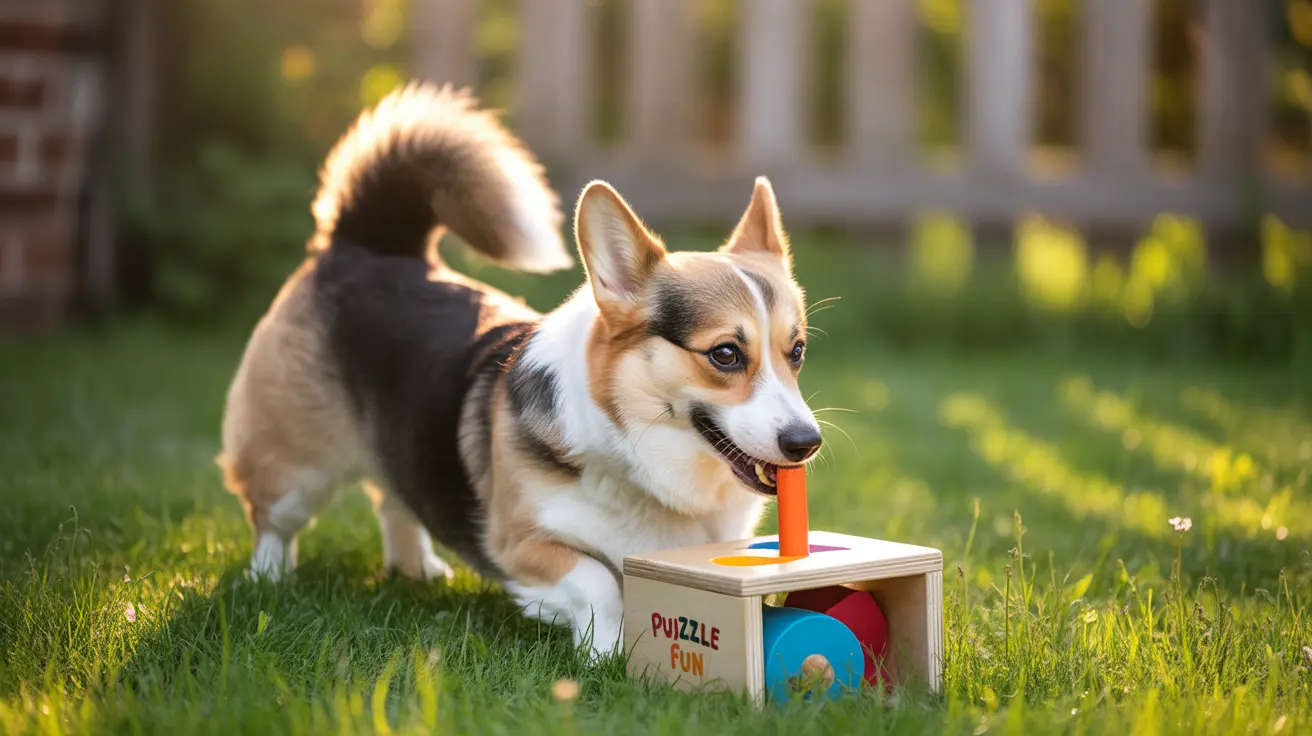Introduction
Understanding corgi energy levels is crucial for both current and prospective pet parents. These beloved herding dogs, known for their distinctive short legs and fox-like faces, bring an incredible amount of vitality and enthusiasm to their families. While their energetic nature is part of their charm, it can also present challenges for unprepared owners.
In this comprehensive guide, we'll explore the typical energy patterns of corgis throughout their life stages, discuss effective management strategies, and help you understand what to expect from these vivacious companions.
The Natural Energy of a Herding Breed
Corgis were originally bred as herding dogs, and this heritage significantly influences their energy levels today. Their stamina and work drive were essential for moving cattle across Welsh countryside, traits that remain deeply embedded in their genetic makeup.
Despite their small stature, corgis possess remarkable endurance and require substantial daily activity to maintain both physical and mental well-being. Their herding instincts often manifest as high-energy behaviors like chasing, nipping, and attempting to "herd" family members or other pets.
Age-Related Energy Changes
Corgi puppies typically display their highest energy levels between 6 months and 2 years of age. During this period, they're known for their seemingly boundless enthusiasm and frequent "zoomies" - sudden bursts of intense activity.
Most corgis begin showing signs of maturity and slightly decreased energy levels between ages 2 and 5. However, this doesn't mean they become inactive - rather, they develop better self-control and the ability to settle between activity periods.
Managing Your Corgi's Energy
Physical Exercise Requirements
A healthy adult corgi typically needs 1-2 hours of daily physical activity, which should include:
- Structured walks
- Off-leash play in secure areas
- Interactive games
- Agility or sports training
Mental Stimulation
Mental exercise is equally important for managing corgi energy levels. Consider incorporating:
- Puzzle toys and treat-dispensing games
- Training sessions
- Scent work activities
- Herding trials or similar structured activities
Training and Behavioral Management
Consistent training helps channel a corgi's energy into positive behaviors. Focus on:
- Early socialization
- Positive reinforcement techniques
- Impulse control exercises
- Regular routine establishment
Health Considerations
While maintaining appropriate activity levels is important, be mindful of:
- Joint health (avoid excessive jumping)
- Weight management
- Temperature regulation during exercise
- Age-appropriate activity modifications
Frequently Asked Questions
When do corgis typically start to calm down from their puppy energy levels?
Most corgis begin showing signs of calming down between 2-5 years of age, though individual dogs may vary. This is typically a gradual process rather than a sudden change.
How much daily exercise does a corgi need to manage their high energy?
Corgis need 1-2 hours of daily exercise, including both physical activities and mental stimulation. This should be split into multiple sessions throughout the day.
What are effective ways to provide mental stimulation for an energetic corgi?
Puzzle toys, training sessions, scent work, agility training, and structured play sessions are excellent ways to provide mental stimulation for corgis.
How do corgis' energy levels change as they grow from puppies to adults and seniors?
Corgis are most energetic from 6 months to 2 years, gradually becoming more settled in adulthood (2-5 years). Senior corgis maintain their playful spirit but with decreased intensity.
What training techniques help control a corgi's herding instincts and hyperactivity?
Positive reinforcement training, consistent exercise routines, impulse control exercises, and providing appropriate outlets for herding instincts (like herding balls or structured activities) are effective techniques.
Conclusion
While corgis are known for their high energy levels, understanding and properly managing their activity needs leads to a well-balanced, happy companion. With appropriate exercise, mental stimulation, and training, these intelligent and spirited dogs can become wonderful family members who maintain their characteristic charm while developing good behavioral control.






